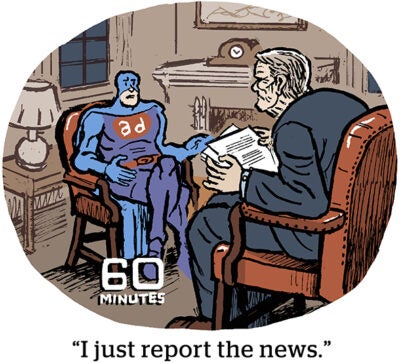C-level stakeholders across the video ad ecosystem have two topics on their minds these days:
- The inevitability of “cross-media measurement” giving marketers single-source calculations of deduplicated reach and frequency across all video assets on a campaign level.
- The sharpness of new insights from multiple research companies (like Adelaide, Dumbstruck, Lumen, MarketCast, Moat, TVision, etc.) that demonstrates how differentiated ad video consumption is by ad platform, device type, screen size, content duration and context, ad duration, creative execution and other factors.
These two conversations combined put us closer to the onset of true cross-media measurement – with the understanding that all video impressions are not created equal. That seems obvious, but one key player in the ecosystem disagrees.
YouTube’s dissent
There are so many comparative metrics to now consider in video measurement, including eyes-on-screen attentiveness, dwell time, duration/attention variables, attention/impact correlations and depth of communication/persuasion scores, etc. With so many variables, it’s impossible to defend weighing and calculating all video impressions as being of equal value for achieving sales and brand goals.
And yet a mini debate has arisen.
Just as a large group of major agency holding companies and multiscreen TV publishers issued their first set of combined future currency requirements, including content quality metrics and distinctions between premium video and user-generated content (UGC) or social, YouTube issued its own five principles for video measurement and currency.
YouTube’s philosophy is rooted in its insistence that all video impressions be considered equal, “regardless of content creator, video length or camera quality.”
YouTube insists that metrics shouldn’t separate video along “arbitrary concepts like production value or curation.” The company also cited the lowest of low-bar parameters for viewable video impressions – two seconds with or without audio – as ideal for all.
Why would YouTube start the impressions limbo game a quarter-inch from the floor? Don’t they have some “premium,” professionally produced video? Aren’t they another TV content conduit? Why set the bar so low?
The answer lies in YouTube’s endless long tail of low-grade UGC video clips.
An ultra-low, “ultra-dumb” currency standard allows YouTube to tell a marketer the impressions from three-seconds-long, grainy, shaky, low-grade UGC video clips with no audio have equal value to the impressions from professionally produced, long-form video content that attracts high levels of emotional engagement in a brand-safe environment, regardless of platform or device.
So how could one reconcile the disconnect between video ad measurement that accounts for quality differences and YouTube’s desire for the most dumbed-down video ad currency standard imaginable – one in which everything’s equal?
“Driving greater efficiencies” is the YouTube-cited upside for advertisers. The advertiser is free to swap out multi-screen TV’s professional content for YouTube’s low-grade UGC. And the advertiser wins by driving their video ad pricing further down.
All of advertising history has shown that races to the bottom are only won by the bottom-feeder media options – never by the advertiser that has sales growth and brand growth goals.
So pretending that all video impressions are equal is just plain dumb.
“On TV & Video” is a column exploring opportunities and challenges in advanced TV and video.
Follow VAB and AdExchanger on LinkedIn.
For more articles featuring Sean Cunningham, click here.

















